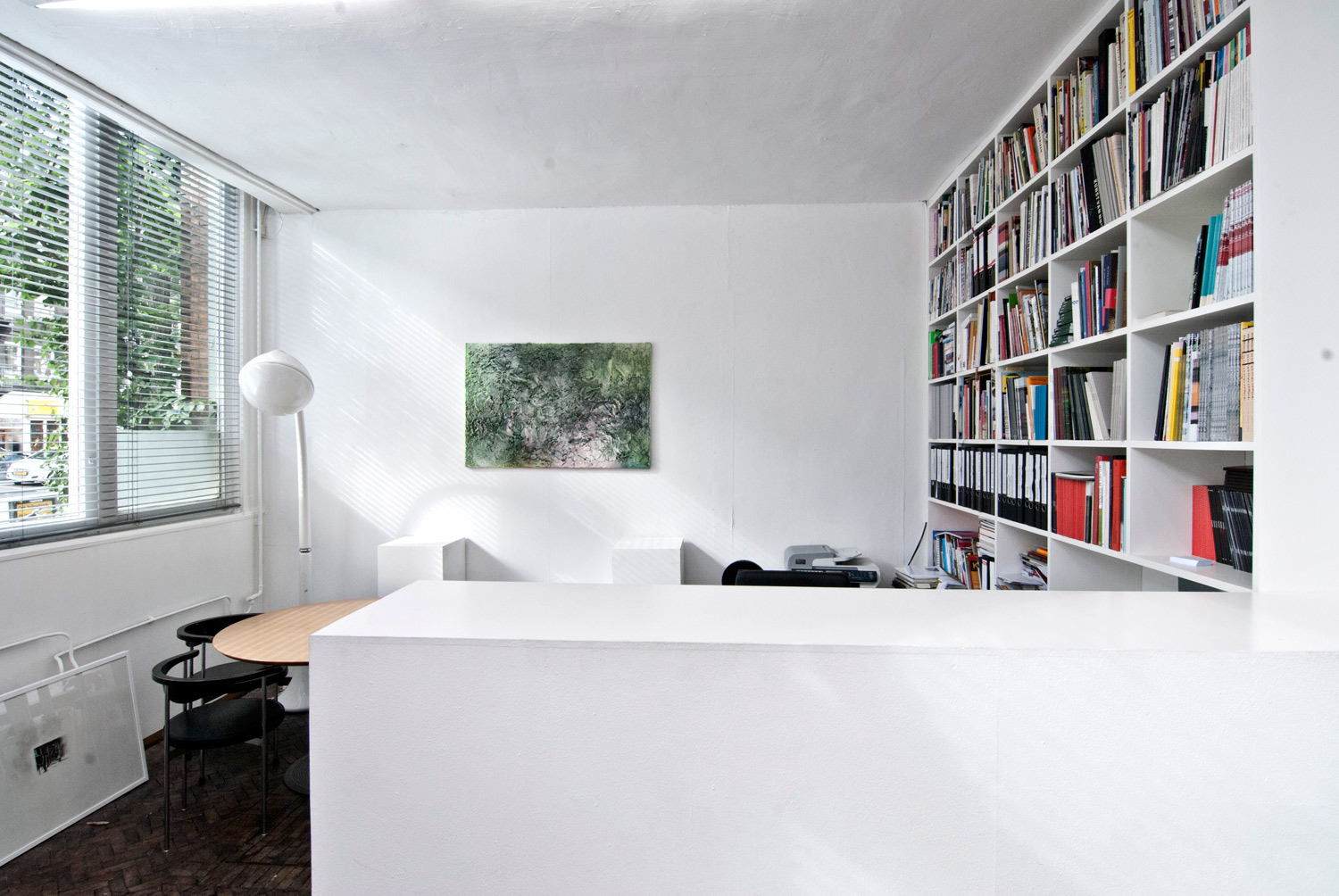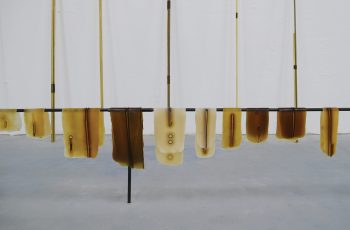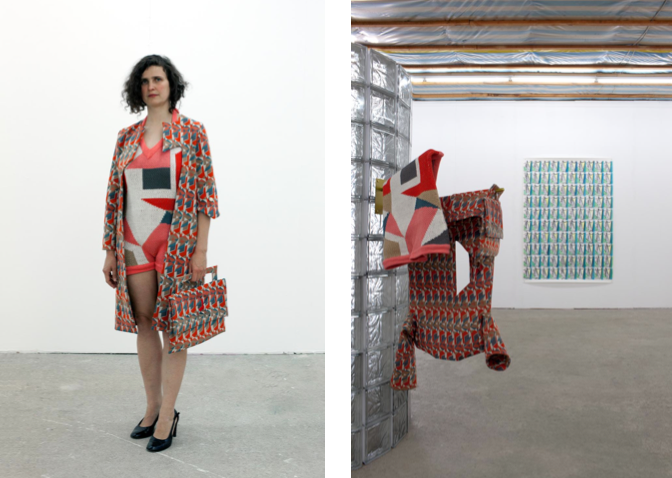
Last day to see this exhibition in Berlin. In his essay from 2009 political philosopher Michael Hardtreintroduces the term ‘affective labour’. Traditionally the expression was put to use to serve ‘a useful ground for anticapitalist projects’ but later, translated as ‘immaterial labour’, it has become one of the most significant fundamentals of our global capitalistic economy. Could it be said that affective labour therefore lost its controversial potential? On the contrary, says Hardt, in our time it could work as a double-edged sword, on the one hand ‘a necessary foundation for capitalist accumulation’, on the other hand a ‘potential for subversion and autonomous constitution’. Affective labour can be positioned within our neo-liberal economy, but at the same time constitutes a fierce critical distance.What is affective labour? What’s its potential? And how can we use it, as artists, to position ourselves within the ‘ friction force’ of Berlin? These are the starting points for the exhibition Picasso Grid. There are two sides to the term affective labour. On the one hand it’s about affection, the ability to share, exchange feelings, the possibility to build a community and to reconstitute solidarity. Opposed to these ‘softer’ elements we find the term labour or ‘work’. Work as the investment to bring the affective in to effect, and as work done by artists. We are artists. Through the production of artworks we show our affection and our urge to create a sense of community.
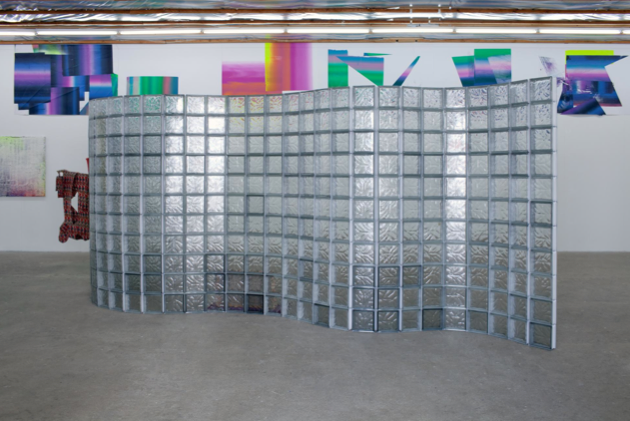
But how? In his 2010 essay You Make Me Feel Mighty Real Jan Verwoert links the term affective labour to what he calls a ‘zone of sentience’. The latter he describes as ‘a dimension of experience that would remain inaccessible to us if it weren’t for the possibility to share reality through becoming mutual witnesses’. It means the willingness to connect our perception to a larger area of feelings so an elementary, undifferentiated conscious can occur. Consequently the exhibition could be seen as a site where perilous encounters can take place, where positions are not taken rigidly – to establish power – but something is put at stake, for real. A place where each of us recognizes his vulnerability, individually in our work and in the position of our works mutually, the employed space and its relation to the viewer.
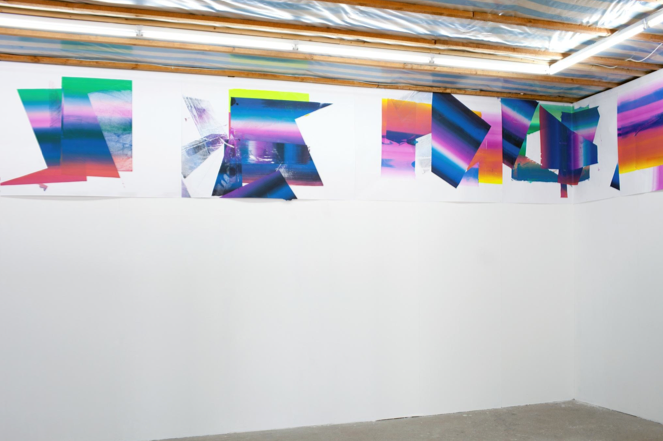
In this way the exhibition can be potentially affective. It’s like asking the question: ‘How are you?’ It’s easy to respond with ‘Fine, thank you’ and go on, but you can also try to answer the everyday question more seriously – still, today – and try to feel each other’s love, pain or sorrow more thoroughly, feel the feelings that are passed on and share your thoughts. Then a zone of sentience can occur: a shared space to exchange our genuine, not fixed, experiences.
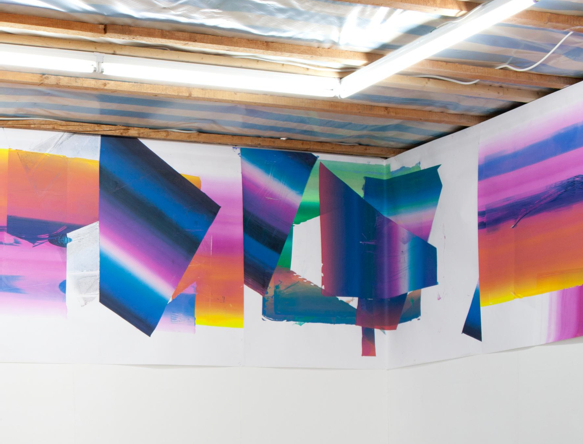
Eldenaer Strasse 34 a
10247 Berlin

